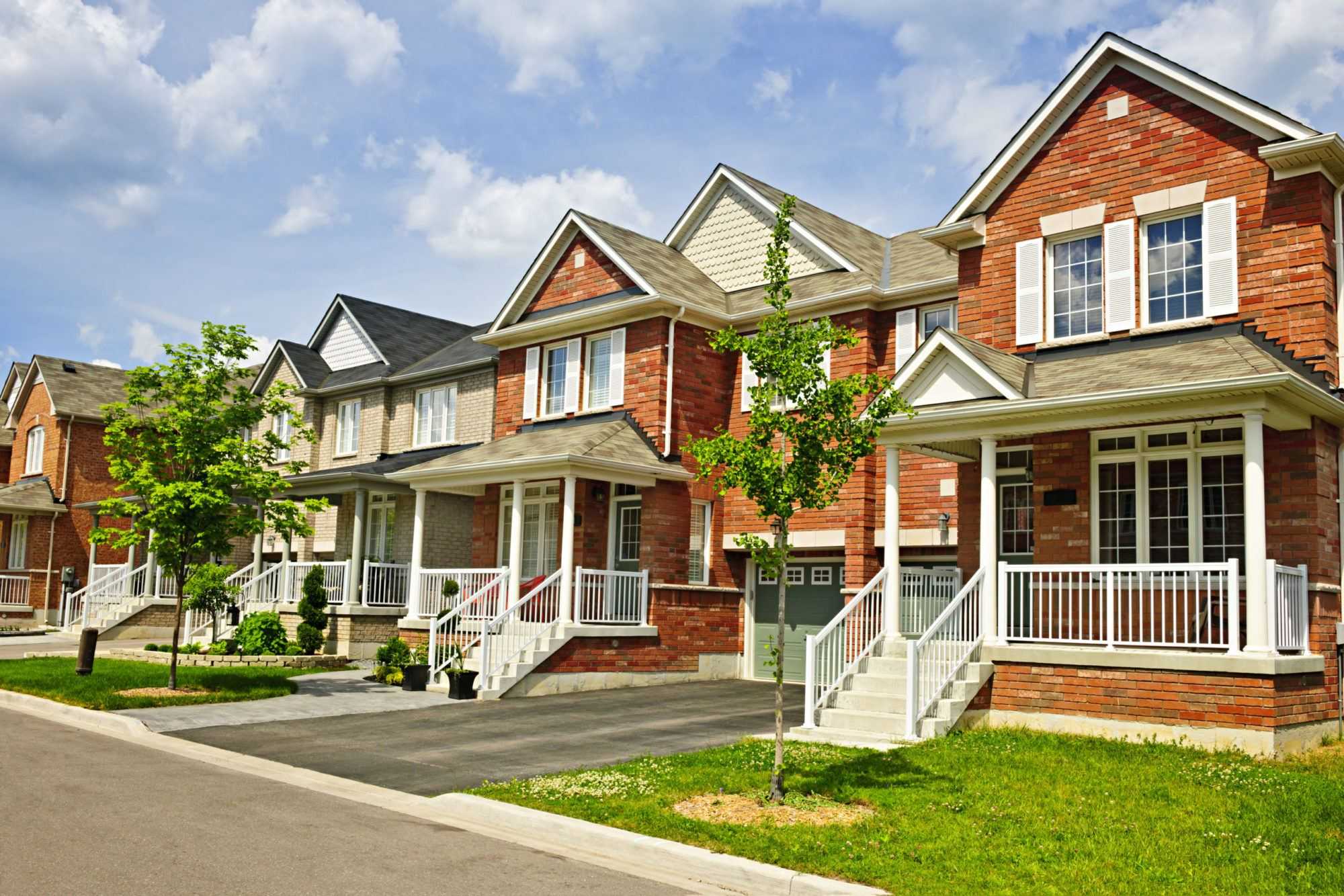BY JAY BRIJPAUL
A real estate bubble is when property prices climb rapidly to an unsustainable level and then crash. According to The Toronto Real Estate Board, last month’s sales jumped by 22% compared to the same time last year. This year’s price climbed up by 6%. The period leading up to the crash is known as froth. The question is, are we in one?
Froth is an aggregation of tiny bubbles. There is evidence of froth in the GTA. Most homeowners are renovating and living in their homes longer. As such, there are fewer homes for sale and two thirds of the homes are sold above the original asking price. The average income cannot keep pace with price growth. Is this trend sustainable?
Bubbles can burst only if there is an increase in supply. Supply can increase when there are more properties being built or if there is an interest rate hike or government intervention. Toronto is known as the crane capital of Canada with new condos always sprouting. Most will be ready for occupancy within a few years. Interest rate is at an all-time low. Our economy is strong, but we are not immune from global financial catastrophe.
In 1989, interest rates shot up. Prices plummeted and speculators who were in for a quick profit went bankrupt. In 2007, there was a similar situation in the United States. Prior to both crashes, house prices climbed steeply and then deteriorated quickly. In 2017, the hot real estate market in the GTA created a bubble which was deflated via government intervention.
Sometimes, the best economist cannot predict when a bubble will burst. The best way is to protect oneself from a financial meltdown. Although homes increase in value, it is better to pay down one’s remaining mortgage. Line of credits should be used for investment purposes. Never max out on the credit limit; use only half and keep the other half for emergencies.
Building a basement apartment with money borrowed from the line of credit, for example, is money well spent. Trends are changing and with high housing costs, homes with basement apartments are selling for more. An average basement apartment may cost about $60,000 to build and can fetch almost $20,000 rental income per year. That’s an impressive rate of return and if the market collapses, rental demands will be higher. Avoid the temptation of buying preconstruction properties and hoping to flip them before closing for a profit because a shift in the market can cause ruin.
Real estate is long term and homeowners should use some of the equity in their home to buy investment properties. The best investment properties are homes on large lots in mature neighborhoods. The suburbs are still affordable and with time, land becomes gold.
There will always be froth in the GTA and first-time buyers should buy what they can afford, stepping away from paying rent. It is best to invest in an RRSP and save some tax dollars. An RRSP can be used towards a down payment.
We should ask ourselves what our housing needs will be like in 10 years before we decide to move and adjust our plan accordingly. Five years ago, a family upgraded from a smaller home into their current home, catering for their adult children. The children moved on and the family are now downsizing. Big homes require more cleaning, more utilities and higher taxes, and in a recession, drop much more in value than smaller ones.
If there is a bubble and we are not prepared for it, we can land into major financial trouble. However, waiting for the bubble to burst can prevent us from building wealth. I saw a poster of an old man and the caption read “This is the young man who is still waiting for real estate prices to come down”. No one knows if the bubble will burst but let’s be cautious. Borrow to invest and pay cash for luxuries.

